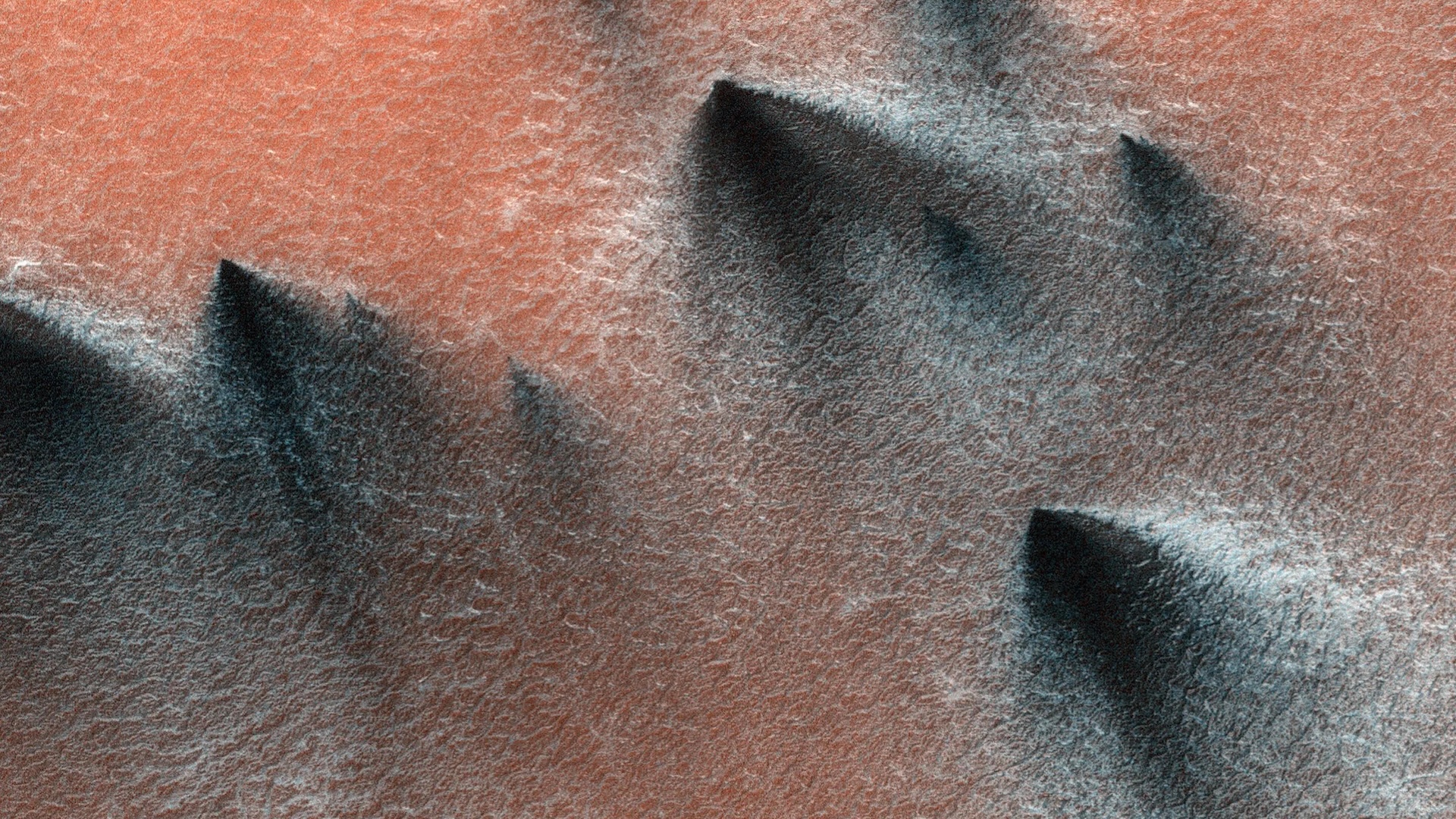Mars
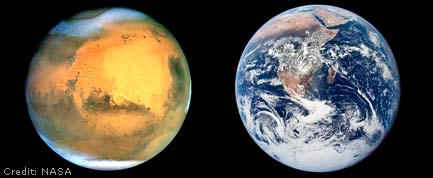
Find out everything there is to know about Mars and stay updated on the latest Mars news with the comprehensive articles, interactive features and Mars pictures at LiveScience.com. Learn more about this fascinating planet as scientists continue to make amazing discoveries about Mars.
Latest about Mars
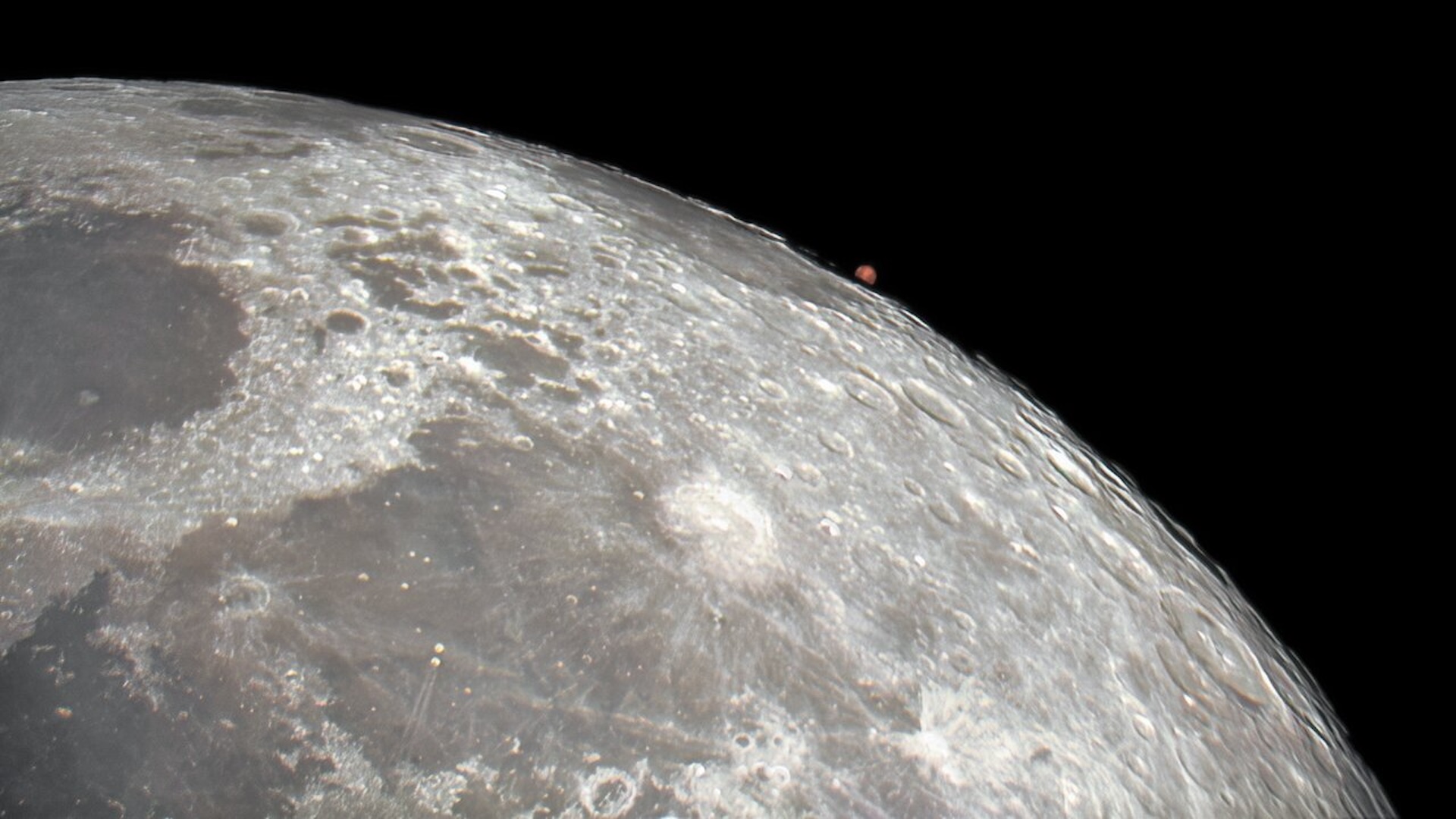
Mars rises over the moon's horizon at the best possible time
By Jamie Carter published
A new image has emerged of the Red Planet rising above the lunar limb after being occulted by the moon in January.
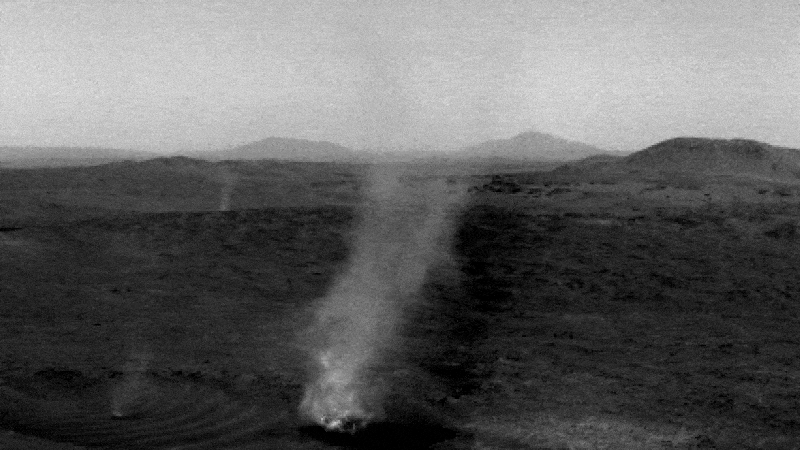
NASA rover watches 'fiendish' Martian 'dust devils' collide in rare case of extraterrestrial cannibalism
By Harry Baker published
Video footage captured by NASA's Perseverance rover shows a small "dust devil" merging with a much larger twister on the surface of Mars.
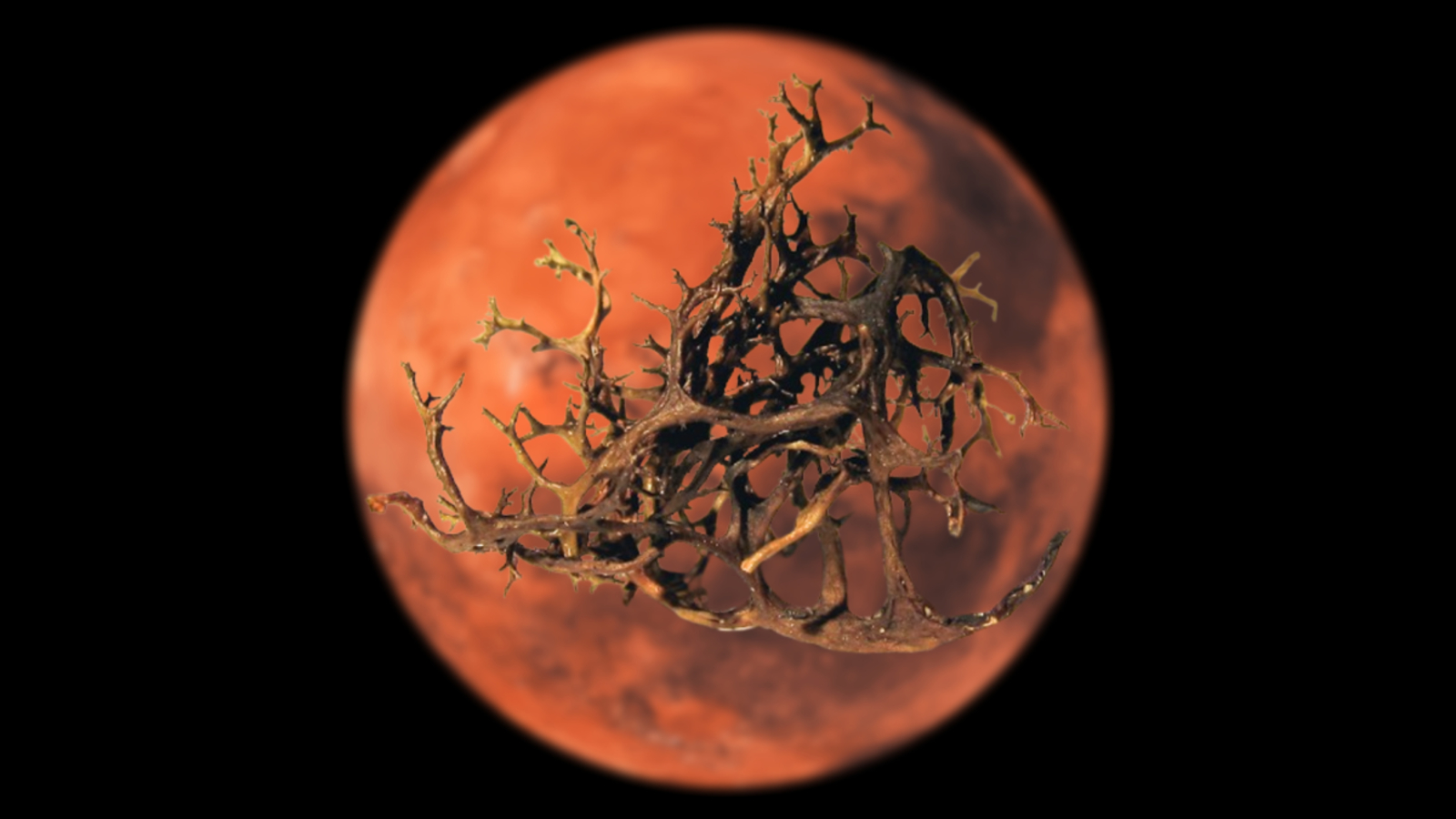
These strange, hybrid Earth lifeforms could survive on Mars, new study hints
By Harry Baker published
Researchers bombarded lichens with a year's worth of Martian radiation in just 5 hours — and they survived, hinting that the extremophiles could potentially live on the Red Planet.
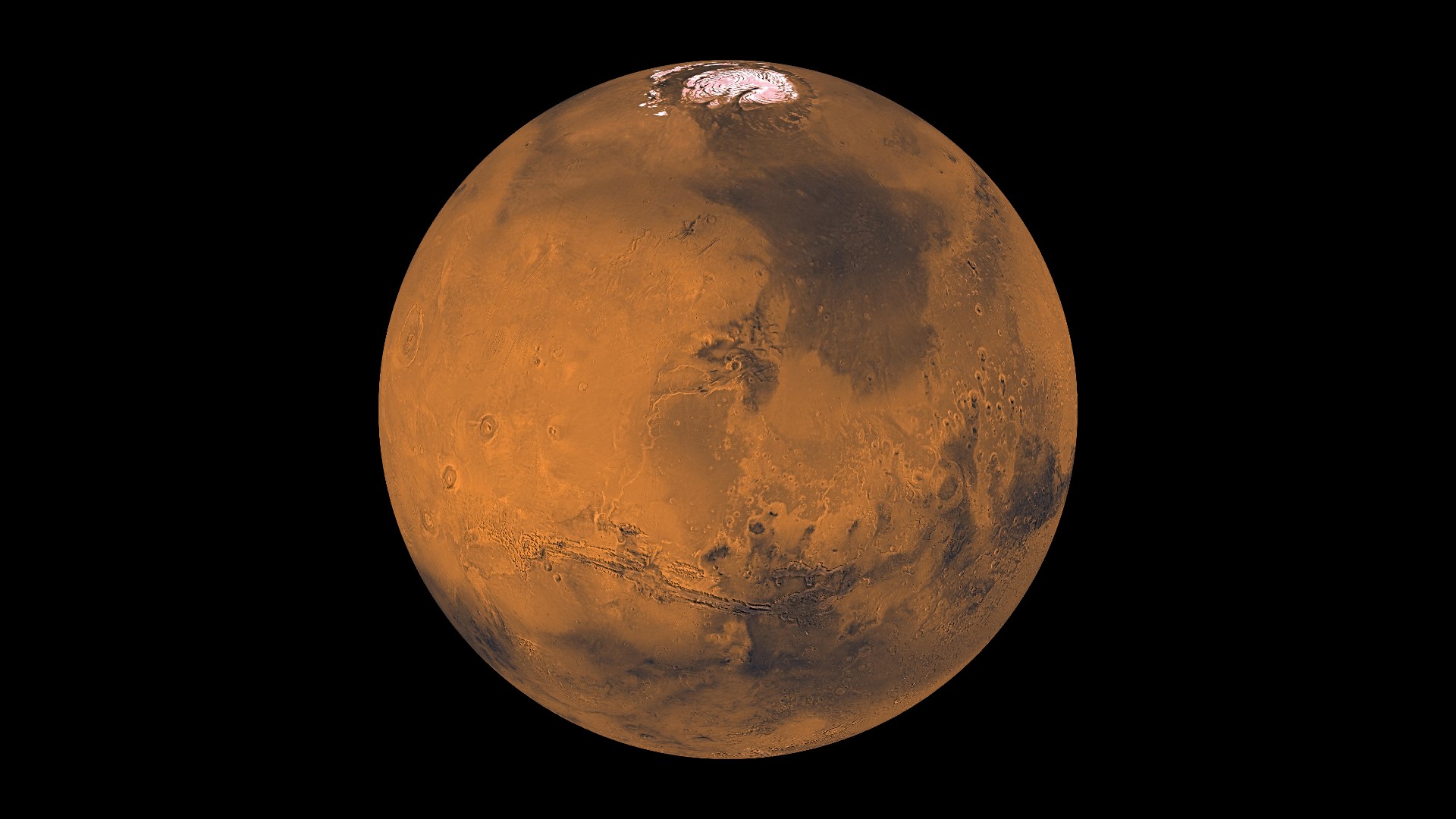
Mars: Facts about the Red Planet, its moons, and possibilities for life
By Adam Mann, Brandon Specktor last updated
Discover interesting facts about Mars, its moons, its atmosphere, and the possibilities of life.
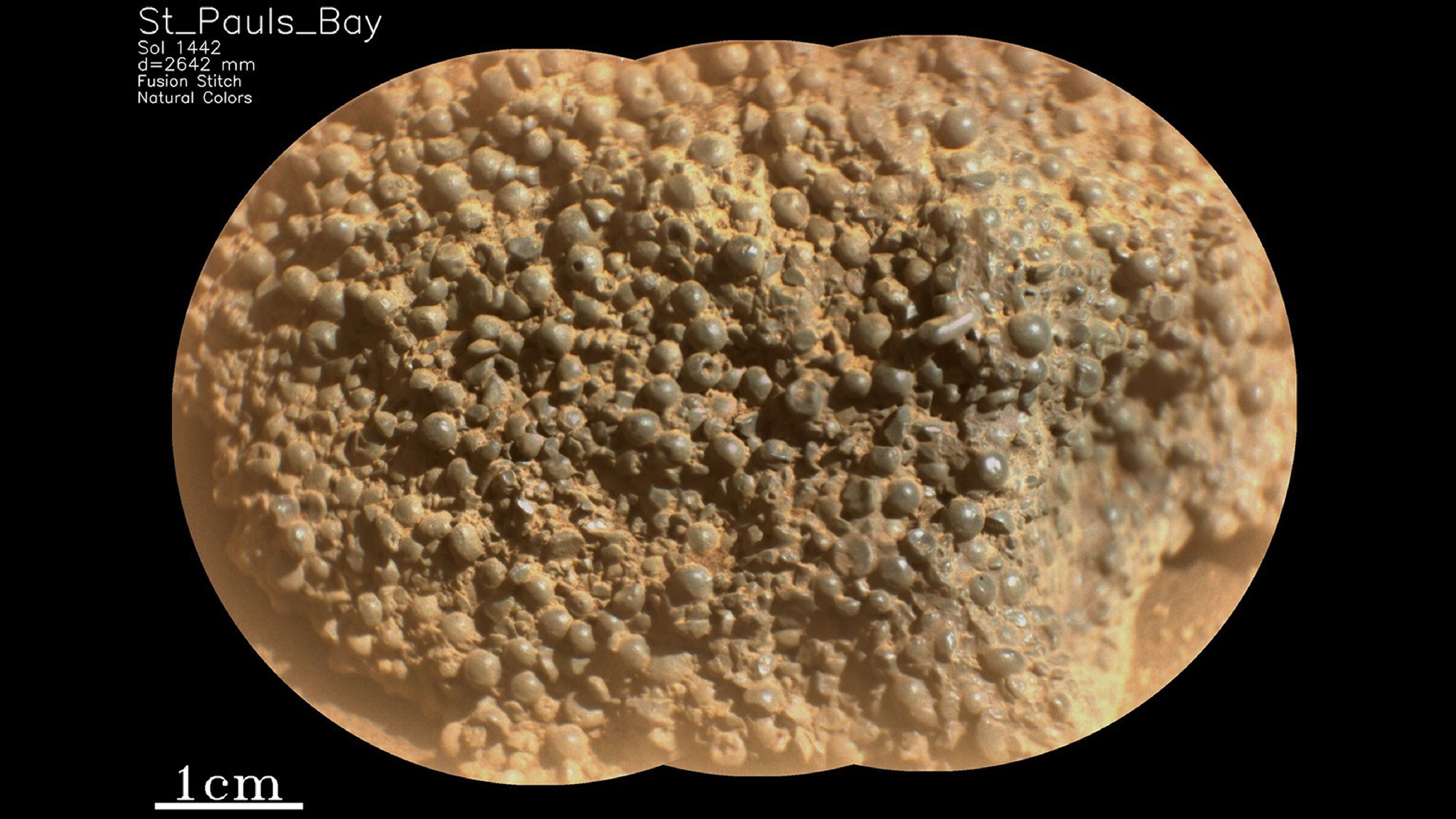
Perseverance rover spots peculiar 'spider egg' rock on Mars — and scientists have no idea how it got there
By Damien Pine published
On March 11, NASA's Perseverance Mars rover spotted a mysterious rock made of hundreds of tiny spheres that resemble spider eggs. Studying its formation could help us look for fossilized remains of microbial life on Mars.
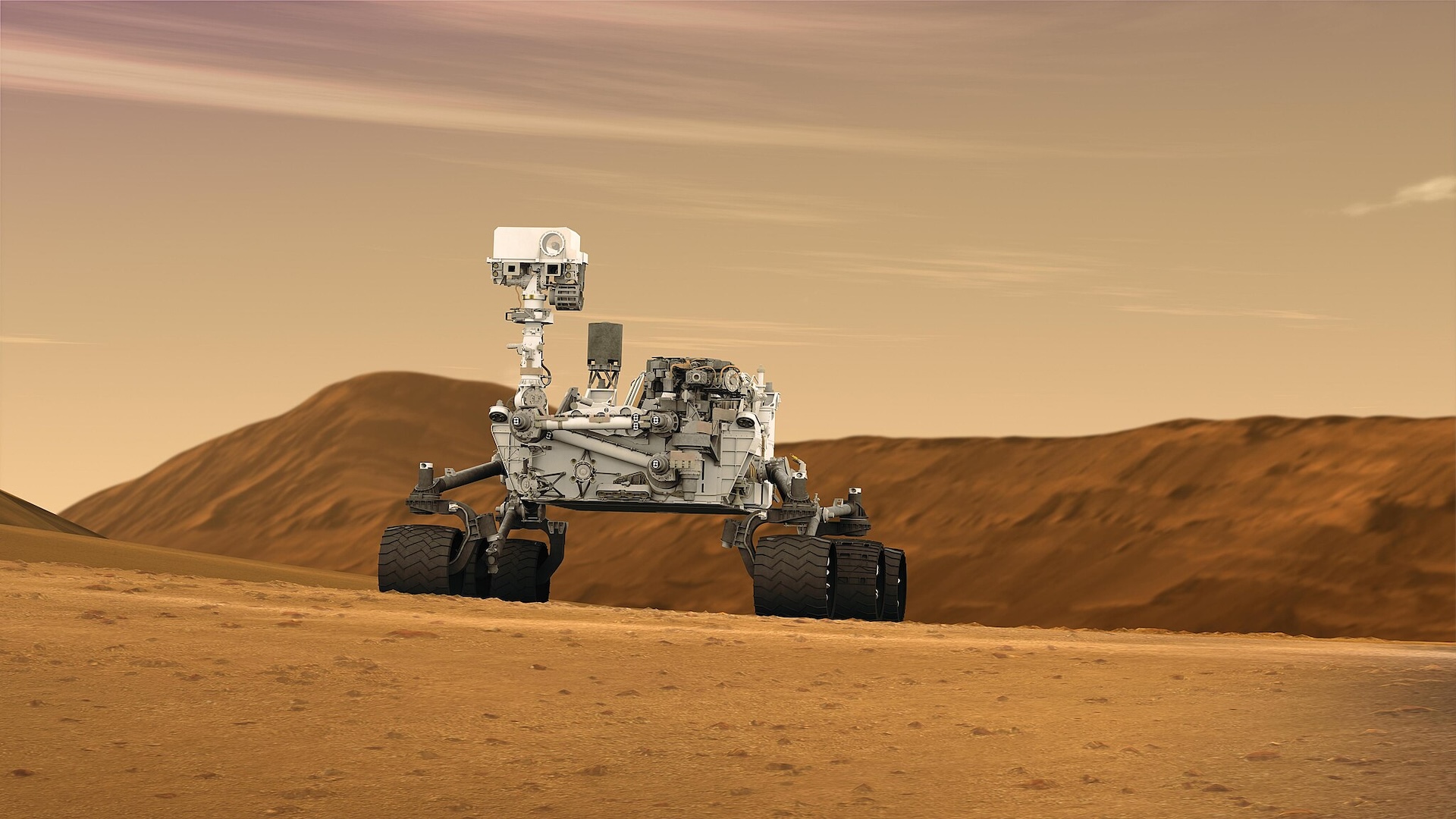
Longest molecules ever found on Mars may be remnants of building blocks of life
By Jess Thomson, Ben Turner published
NASA's Curiosity Rover has discovered long carbon chains on Mars. On Earth, molecules like these are overwhelmingly produced by biological processes.
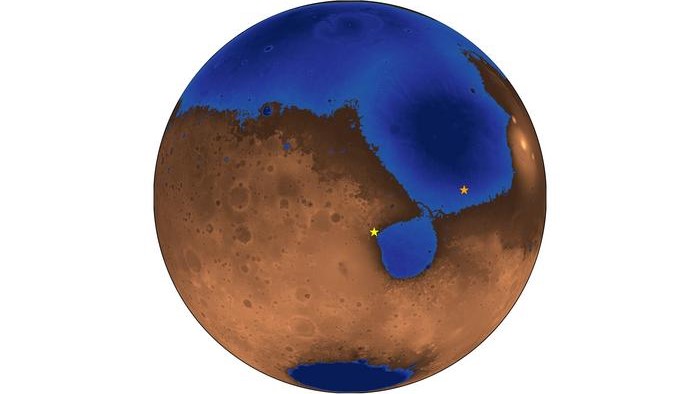
Mars was once a 'vacation-style' beach planet, Chinese rover scans reveal
By Ben Turner published
China's Zhurong rover has found evidence of an ancient shoreline buried deep beneath the planet. That could point to an ocean, a beach, and to life.
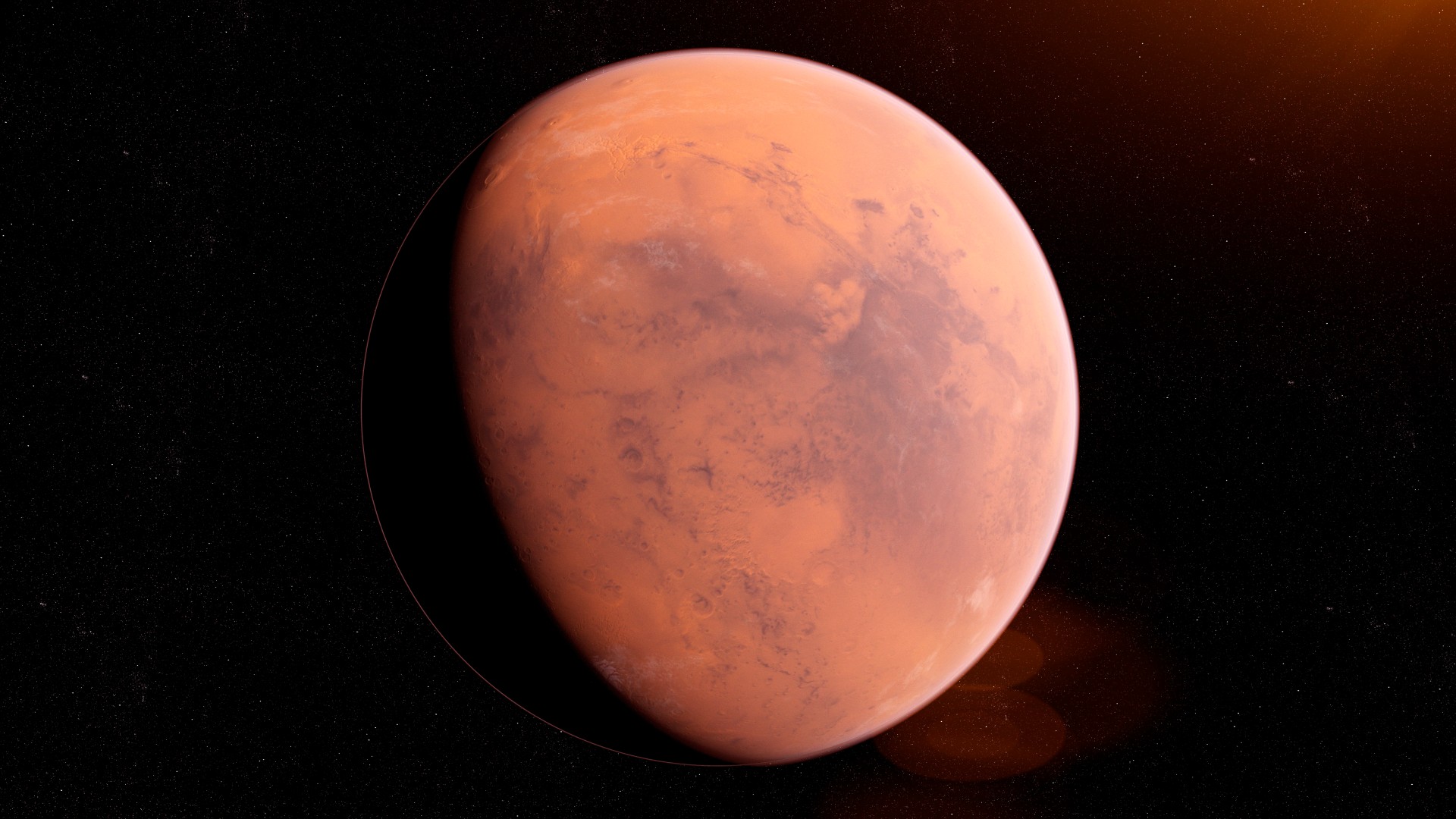
Mars' red color explained by surprising new research
By Ben Turner published
New research has revealed that Martian dust's red hue comes from reactions that occurred in wet — not dry — conditions, and it could have implications for the possibility of life on the planet.
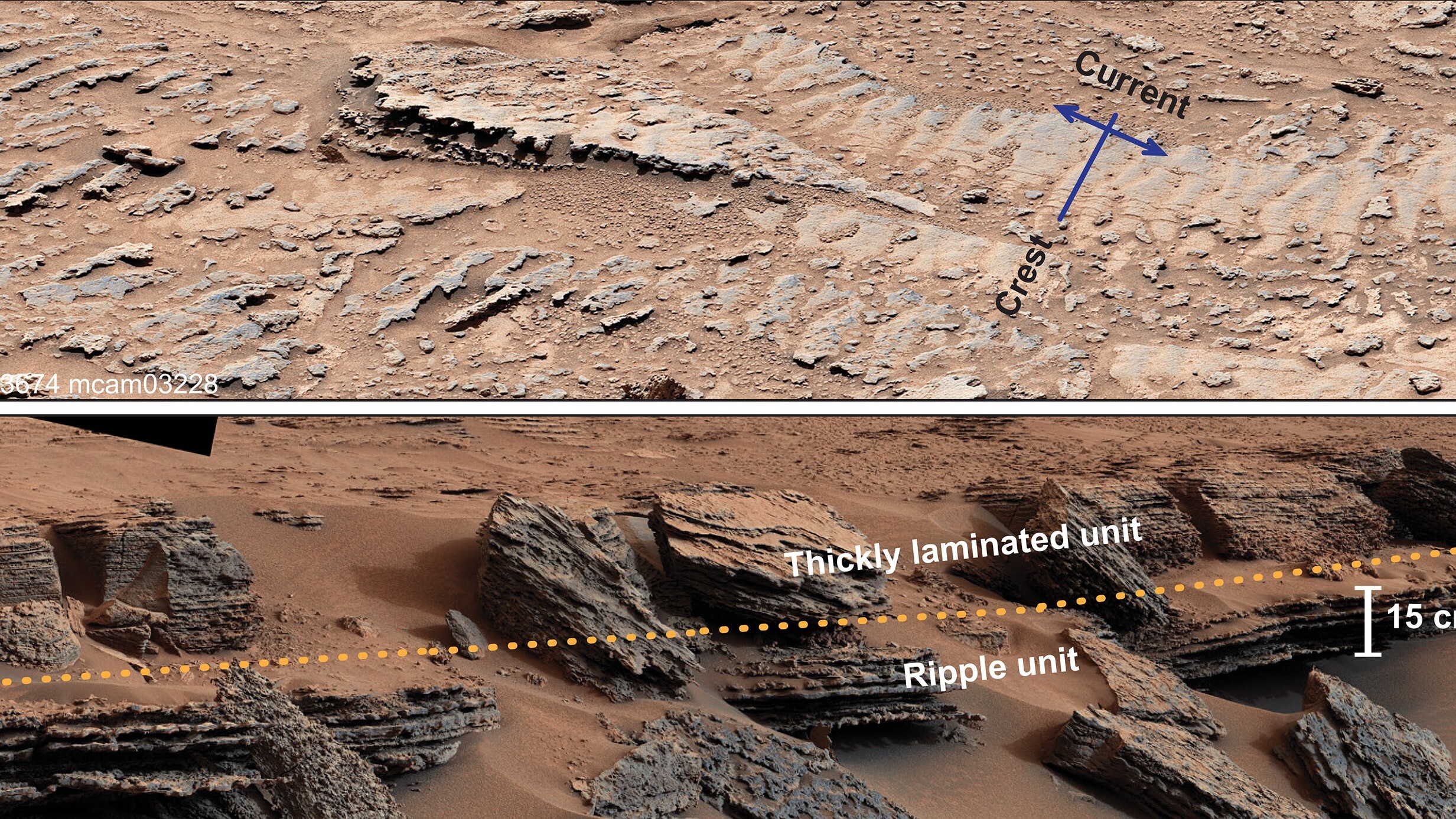
NASA rover discovers liquid water 'ripples' carved into Mars rock — and it could rewrite the Red Planet's history
By Joanna Thompson published
NASA's Curiosity rover photographed remnants of rippling waves in an ancient Martian lakebed, proving that the Red Planet had open water for longer in its history than previously thought.
Sign up for the Live Science daily newsletter now
Get the world’s most fascinating discoveries delivered straight to your inbox.
